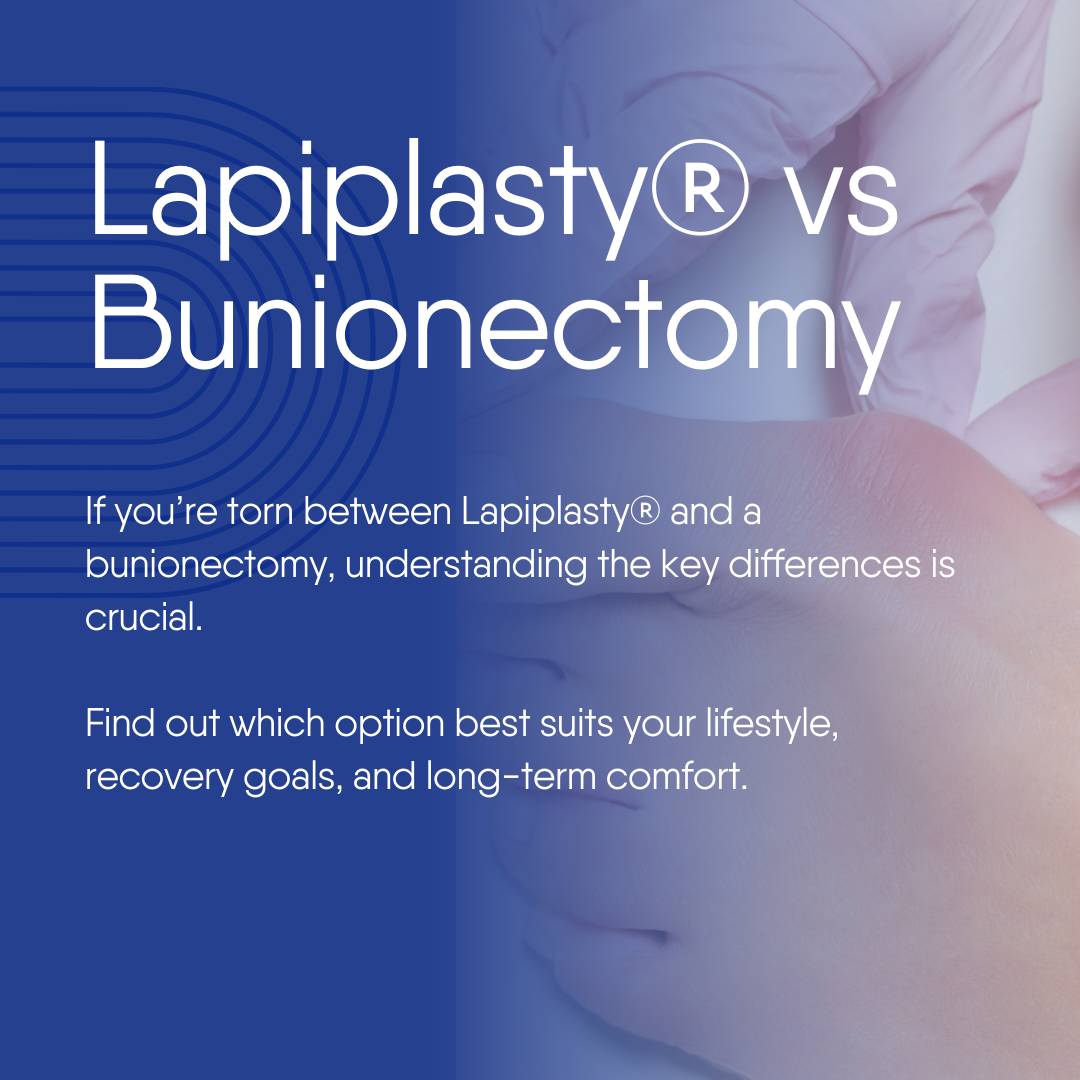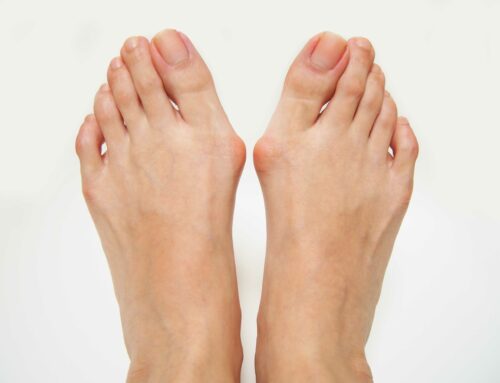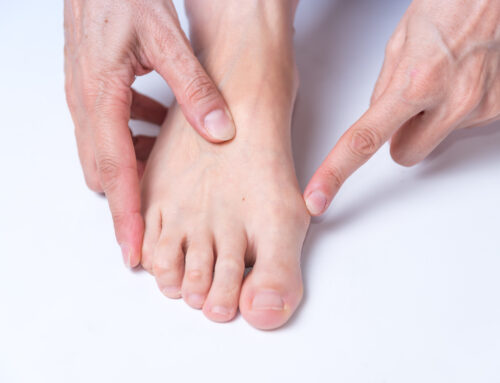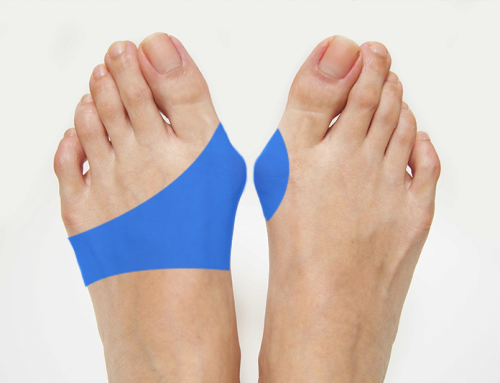After years of throbbing pain caused by your bunion, it’s finally time to do something about it. As you research different bunion treatments, you dive deep into the Lapiplasty® vs bunionectomy debate.
While there are many bunion treatment options out there, having bunion removal or correction surgery is the most effective in curing your pain and erasing the unsightly bump.
How you remove or correct your bunion is not a decision that is to be taken lightly, especially if you have heard horror stories about traditional bunion surgery.
By the end of this article comparing Lapiplasty® vs bunionectomy, you will have the information to decide which surgery is right for you.
What is a Bunion?
A bunion is a leaning of the big toe at the joint, gradually changing the angle of the bones and producing the characteristic bump. Bunions can be caused by wearing ill-fitting shoes for years and even genetics if they run in your family.
Luckily, it’s never been easier to remove bunions with little to no downtime.
Lapiplasty® vs Bunionectomy: The Major Differences
You’ve decided that a traditional bunion surgery isn’t the right choice for you. You prefer a procedure that will have minimal recovery time, a hardly noticeable scar, and long-lasting results. Key differences:
Lapiplasty® – This surgery involves the fusion of a joint up in the middle of your foot in order to realign your big toe. This procedure involves permanent hardware, and a increases the stiffness in your foot which can impact your ability to walk on uneven surfaces or perform certain athletic activity. Because it’s the fusion of a healthy joint that moves, it requires more aggressive hardware and immobilization after surgery. Because patients can’t be weight bearing, surgery is only done on one foot at a time, causing two recovery periods if both feet require surgery.
Minimally Invasive Bunionectomy – This surgery is a realignment of the bones through the cutting of the metatarsal bone. This essentially realigns the big toe joint, by changing the position of the bone itself, not any joints and thus heals more naturally very similar to a fracture. Our minimally invasive bunionectomy leaves your joints with full mobility. Because patients can walk right after surgery, we are able to perform surgery on both feet to keep, giving you the advantage of a single recovery period rather than two.
The Overall Procedure and Cure
Lapiplasty® – A Lapiplasty® is a bunion correction via joint fusion. This procedure inserts a titanium plate in the foot to correct the posture of the bones, requiring a 2-6 inch incision to make room for the hardware.
Minimally Invasive Bunionectomy – A bunionectomy is a minimally invasive surgery that corrects the misalignment of the metatarsal bones without any permanent hardware or joint fusions.
Recovery Time
The recovery time when comparing Lapiplasty® vs bunionectomy is different for each.
Lapiplasty® – The total recovery time is about six months. Patients are non-weight bearing for a minimum of two weeks and be in a full surgical boot for six weeks. At around eight weeks, patients can transition into comfortable shoes. At four to six months is when patients will be able to resume most activities and return to normal footwear.
Minimally Invasive Bunionectomy – Patients will be able to walk right out of the surgery and drive themselves home. With very minimal recovery time, patients can get back to their old habits in just a few days. At four weeks, patients will come out of their surgical shoes and get back into comfortable shoes. At three months is when patients will be able to get back into ballistic activities such as running and jumping.
Anesthesia
There are different types of anesthetics used so that patients do not feel their bunion surgeries.
Lapiplasty® – The Lapiplasty® procedure uses general anesthesia, putting patients to sleep while the doctors work to correct their bunions. This requires the patient to have a friend or family member to drive them home, along with not being able to drive while your right foot is in a boot.
Minimally Invasive Bunionectomy – With a minimally invasive bunionectomy, doctors will use a local anesthetic just on the foot, allowing the patient to stay awake for the 45-minute procedure and not feel a thing, all while being able to drive themselves home.
Incision
When comparing Lapiplasty® vs bunionectomy, many patients are concerned about the size of the incision and the scar that it leaves behind. After being self-conscious about their bunions, the last thing they want to worry about is an unsightly scar.
Lapiplasty® – The average size of the incision for a Lapiplasty® is about 1.5 inches.
Minimally Invasive Bunionectomy – The average size of the incision for a minimally invasive bunionectomy is about ⅛ inches.
Which Bunion Surgery is Right for You?
After reviewing Lapiplasty® vs bunionectomy procedures, you probably have a better idea of which bunion surgery is right for you.
If your goal is to have a larger incision, take months to recover while being non-weight bearing, and have permanent hardware, then the Lapiplasty® may be right for you.
If you are searching for fast relief with minimal pain and a quick recovery time, then a minimally invasive bunionectomy may be the right for you.
Before making your decision, speak with the medical professionals at The Bunion Cure in Littleton, Colorado. After examining your bunion and explaining our minimally invasive bunionectomy, you’ll have the confidence to make the right decision for your removal procedure.
Request your free consultation with The Bunion Cure today!

Reviewed By Dr. Sullivan
Dr. Jordan Sullivan, DPM, is a board-certified podiatrist at Northwest Surgery Center specializing in minimally invasive foot and ankle procedures. He’s passionate about helping patients get back on their feet faster with less downtime.
Learn more about Dr. Sullivan here.





